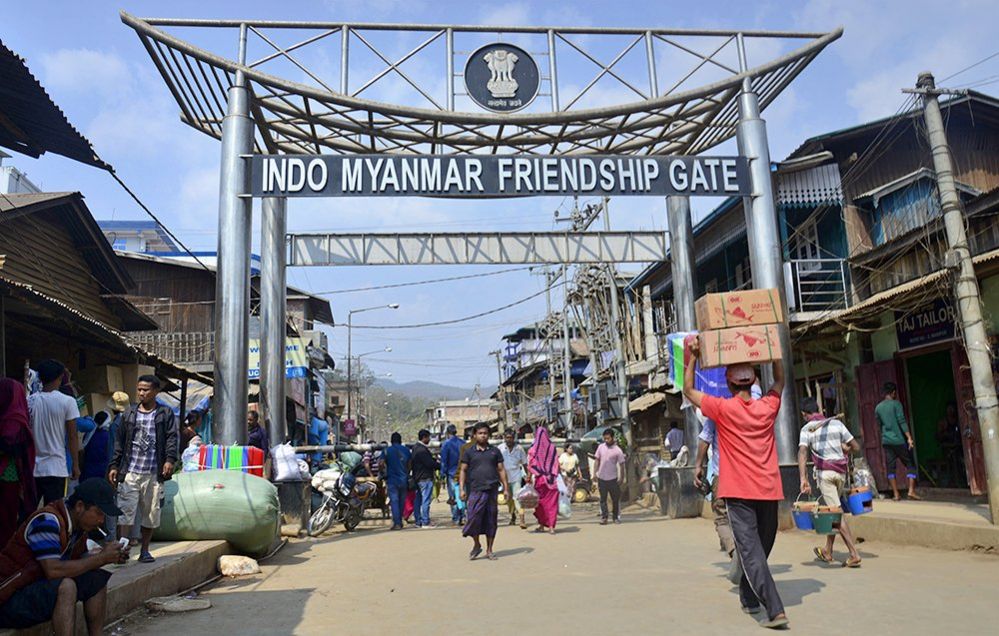-

-
-
Loading

Loading

India's federal home minister, Amit Shah, recently announced plans to fence the open border with neighboring Myanmar. The aim is to secure the 1,643km boundary, similar to the way the country's border with Bangladesh has been fenced. Shah also mentioned the possibility of scrapping a free movement agreement that allows border residents from India and Myanmar to travel 16km into each other's territory without a visa. However, experts warn that fencing the border will face significant challenges due to the mountainous terrain. Additionally, the move could upset the delicate equilibrium that has existed between the peoples in the border area and potentially strain relations with neighboring countries. The decision to fence the border is influenced by two major developments. Firstly, the conflict in Myanmar following the military coup in February poses a risk to India's interests. The fighting has displaced around two million people, and ethnic rebels have claimed control over a crucial route from Myanmar to India. Secondly, last year, ethnic violence erupted in Manipur, a state that shares a border with Myanmar. The clashes between Meitei and Kuki minority groups have resulted in numerous casualties and displaced tens of thousands of people. The Manipur government blames illegal migrants and drug lords from Myanmar for fueling the violence. However, some question the validity of the stated reasons for fencing the border. They argue that the number of immigrants from Myanmar in Manipur is relatively low, and the conflict there is not caused by a massive influx of refugees. Critics believe that the move is driven by an attempt to label the Kuki minority as foreigners and justify their resistance by linking it to support from Myanmar. There are concerns that fencing the border can harm the historic religious, linguistic, and ethnic ties between India and Myanmar. Furthermore, the border region has communities with shared ethnic and cultural identities, such as the Mizos and Chins, who have cross-border connections. Mizoram has already provided refuge to over 40,000 Myanmar refugees, defying the Indian government's directives. Constructing a fence along the mountainous and densely forested border presents significant practical challenges. Experts argue that it would be impossible to fence the entire border due to the terrain and that local people would likely find ways to circumvent it. Moreover, the project could strain diplomatic relations with Myanmar, which India is currently seeking support from for border security and infrastructure development. Consulting with Myanmar on the fence construction could help mitigate tensions. This move highlights India's ongoing border security challenges, with tensions existing with Pakistan and China. It also comes as India seeks to counter China's growing influence in the region. Despite these challenges, India cannot simply ignore border issues and must navigate them carefully as it strengthens its regional ties and protects its interests.